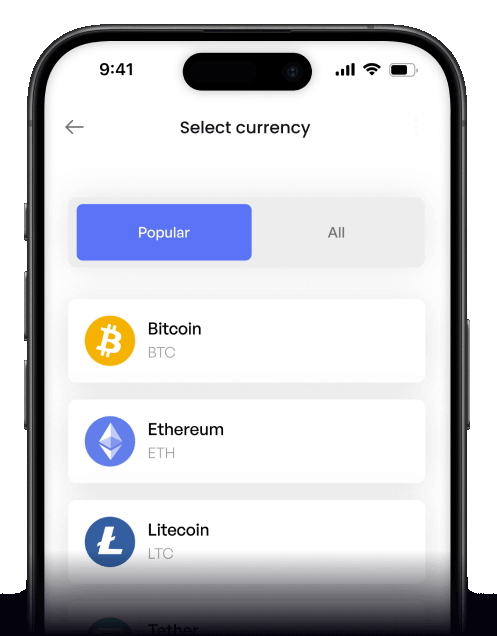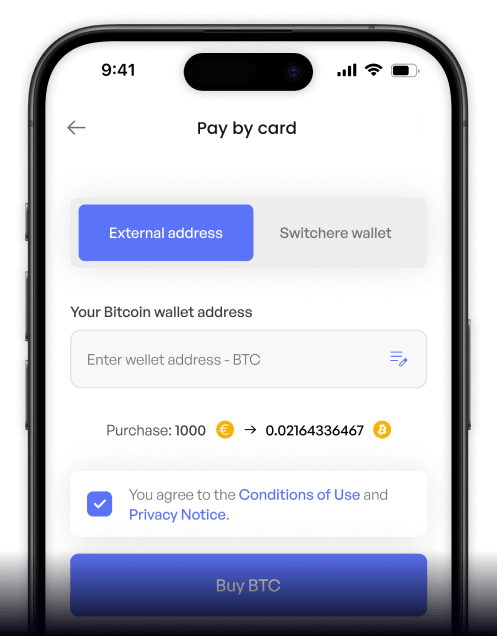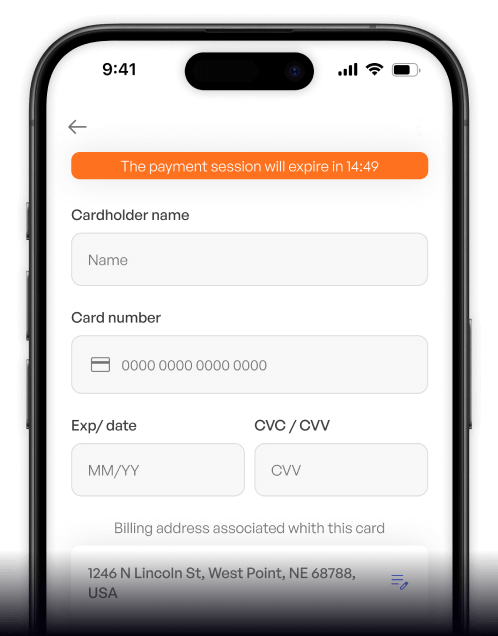Convert
Ukrainian Hryvnia (UAH) to Avalanche (AVAX) Instantly
Purchase Avalanche (AVAX) with Ukrainian Hryvnia (UAH) easily at Switchere and benefit from fast, secure transactions.
About
Avalanche (AVAX)
Avalanche (AVAX) emerges as a high-performance Layer 1 blockchain technology platform, meticulously engineered to address the critical scalability trilemma—achieving decentralization, security, and high throughput. Its primary purpose is to provide a robust and versatile foundation for decentralized applications (dApps) and custom blockchain deployments, known as subnets. This decentralized network utilizes the innovative Avalanche consensus protocol, a family of Snowball-influenced mechanisms, enabling near-instant transaction finality, typically under two seconds, distinguishing it within the competitive landscape of digital asset platforms. The platform's architecture fosters a flourishing ecosystem for complex smart contracts and diverse Web3 infrastructure.
The core architecture of Avalanche is uniquely structured around three distinct yet interoperable chains: the Exchange Chain (X-Chain) for creating and managing digital assets, the Platform Chain (P-Chain) for coordinating validators, tracking active subnets, and enabling new subnet creation, and the Contract Chain (C-Chain) for executing Ethereum Virtual Machine (EVM) compatible smart contracts. This multi-chain design facilitates a wide array of use cases, prominently including advanced DeFi applications, enterprise solutions, and blockchain-based gaming. The native utility token, AVAX, is integral to the ecosystem's tokenomics; it's used for paying transaction fees across the network, securing the platform through staking by validators, participating in on-chain governance decisions, and as a common unit of account among subnets. This positions Avalanche as a significant and adaptable infrastructure layer aiming to support a new generation of decentralized systems and digital ledgers.
How to Buy Avalanche (AVAX)
Popular Coins for Ukrainian Hryvnia (UAH)
Other Coins for Ukrainian Hryvnia (UAH)
Frequently asked questions
-
What are the common methods to buy Avalanche (AVAX) with Ukrainian Hryvnia (UAH)?
To buy AVAX with UAH, you can use a centralized cryptocurrency exchange that supports UAH fiat on-ramps. Common payment methods include using Ukrainian bank cards (Visa/Mastercard), or payment systems like Privat24 and Monobank. You will need to complete KYC/AML verification on the platform before making a digital asset purchase. -
What is the significance of Avalanche's Subnet architecture when I hold AVAX?
Avalanche's Subnet architecture allows for the creation of custom, independent blockchains. Holding AVAX is crucial as it's used for staking to secure the network and often required to pay for transaction fees across different Subnets, including the primary C-Chain which is EVM-compatible. This structure provides high scalability and fast transaction finality, key features of the Avalanche ecosystem. -
What are the typical fees when trading the UAH/AVAX pair on an exchange?
Trading UAH/AVAX involves several potential fees. First, a deposit fee for your Ukrainian Hryvnia might apply. Second, a trading fee is charged on the transaction, usually a small percentage of the order value from the exchange's order book. Finally, when you withdraw your AVAX to a personal digital wallet, a network withdrawal fee is charged. On the Avalanche network itself, transactions require gas fees paid in AVAX. -
How do I securely store my AVAX tokens after a UAH purchase?
For optimal security, you should withdraw your AVAX from the exchange to a personal digital wallet where you control the private keys. Options include hardware wallets (like Ledger or Trezor) for the highest security, or official software wallets like Core Wallet. You can also use EVM-compatible wallets like MetaMask, configured for the Avalanche C-Chain, to interact with its DeFi ecosystem. Never share your private keys or seed phrase. -
What is the advantage of a direct UAH to AVAX fiat gateway?
A direct UAH/AVAX pair provides a streamlined fiat on-ramp for Ukrainian users into the high-performance Avalanche ecosystem. It avoids the need for double conversions (e.g., UAH to USD, then USD to AVAX), which can save on fees and reduce price slippage. This direct access improves capital efficiency for those looking to engage with Avalanche's dApps, DeFi protocols, and opportunities for staking AVAX.






